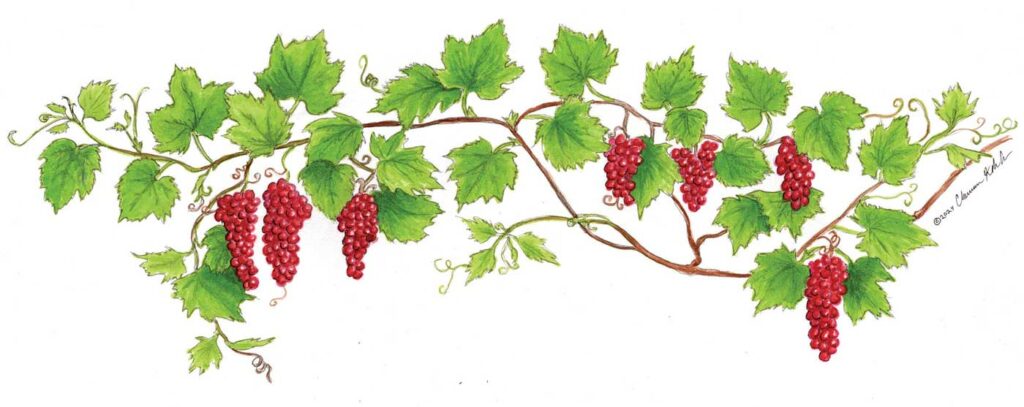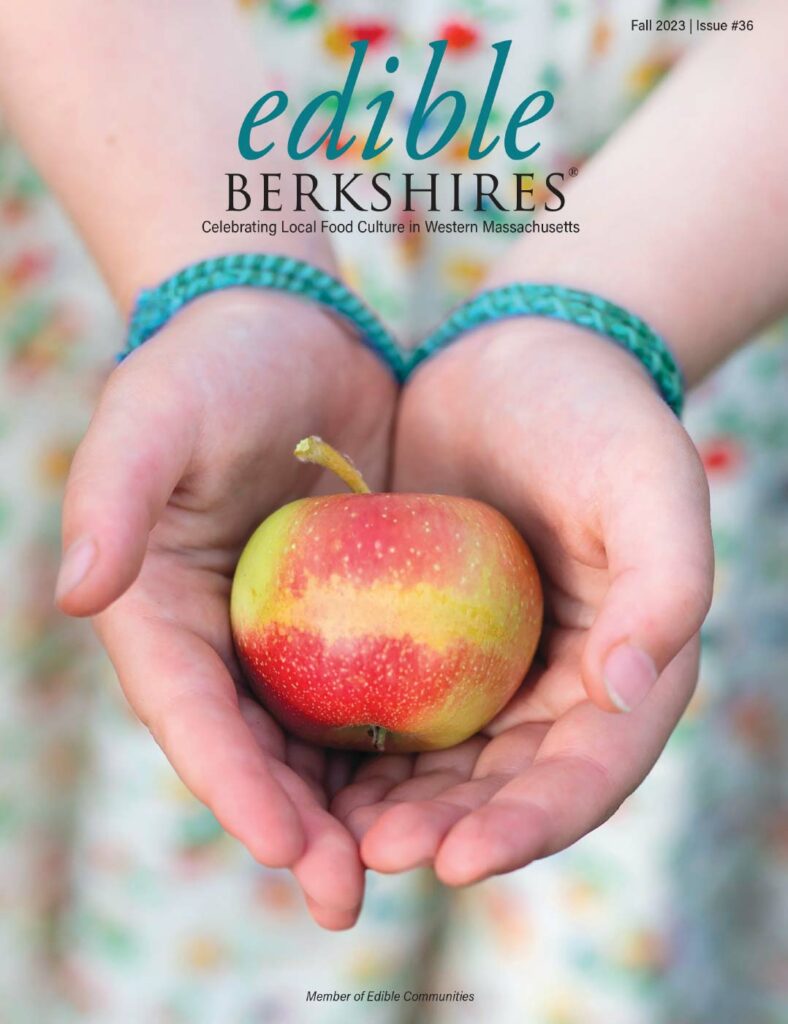
The world of wine is full of foreign terms, obscure references, and an air of mystique. But it is also a world in constant evolution meant to be explored and enjoyed. In this column, I’ll tackle some of the most frequently asked questions from friends, customers, and the wine curious.
What are Orange Wines?
Orange wine is not made from oranges. It is a unique white wine made like a red. Originating from Georgia, in Eastern Europe, it is crafted by fermenting white grapes with their skins for weeks or even months. This process gives the wine an orange or amber hue and complex flavors with nutty and spicy notes. Dry and textured, orange wines pair especially well with richly spiced dishes, such as Middle Eastern or South Asian cuisine.
I have seen “Old Vines” on some wine labels. What are they?
“Old Vine” wines are made from grapevines that are typically at least 35 years old. While there is no official definition, this age range is widely recognized in the wine world.
As vines get older, they produce fewer grapes. However, the berries they yield are smaller and more concentrated in sugars and tannins. This leads to wines that are often richer, more complex, and better structured than those from younger vines, “Old Vine” wines are made around the world, but the smaller quantities produced makes them rarer and often more expensive.
Can I get wine without sulfite?
First things first: All wines contain sulfites (SO₂ or sulfur dioxide), a natural by-product of fermentation. So, the term “sulfite-free” is misleading as there is no truly sulfite-free wine.
Sulfites play a crucial role in winemaking. Acting as antioxidants and antiseptics, they help preserve wine by preventing spoilage, stabilizing it during aging, and protecting it from turning into vinegar. Winemakers have been adding sulfites since at least the 15th century, but their use is now highly regulated. Many producers, especially those focused on organic or natural wines, choose to add fewer sulfites or none at all. Still, even certified organic wines are permitted to contain small amounts of added sulfites.
For most people, sulfites pose no health risk. The main exception is individuals with asthma, who may be more sensitive. Sulfites are often blamed for wine headaches, but scientists have not confirmed a direct link and are now exploring other wine compounds, like histamines or tannins, which might interact with sulfites and contribute to those symptoms.
What is the meaning of AOC and DOCG on French and Italian wine labels?
These labels indicate that the wine follows strict production rules established to preserve local traditions and ensure quality. Regional winegrowers’ associations, often backed by national laws, define and enforce these standards, governing everything from grape varieties and harvest methods to aging and bottling.
For example, under the French AOC (Appellation d’Origine Contrôlée) rules for Champagne, only hand-harvested grapes may be used, and the wine must age in bottle for at least 15 months before release. This guarantees the integrity and style of true Champagne. In Italy, the Chianti Classico Riserva DOCG (Denominazione di Origine Controllata e Garantita) requires the wine to contain at least 80% Sangiovese grapes and mandates a minimum aging of 24 months, including at least three months in bottle.
Most wine-producing countries have such regulations to help protect not only the origin of the wine but also its character and reputation.
Should I avoid wines with screw caps?
Long associated with cheap wine, easy-to-open screw caps have made a strong comeback and are now widely used, even on high-quality wines. Today’s screw caps are not your grandfather’s shortcut; they are a modern, high-tech closure designed to protect wine effectively.
Several factors have contributed to their growing popularity:
Declining cork quality: Top-grade natural corks are becoming increasingly rare and expensive.
Advances in technology: Modern screw caps can prevent wine faults like “cork taint,” caused by a hard-to-detect bacteria (TCA) that sometimes hides in natural cork, even in premium bottles.
Changing wine consumption habits: Most wines sold today are intended to be enjoyed young and do not require the slow aging process that a traditional cork facilitates.
In short, screw caps are no longer a red flag; they are often a smart, reliable choice.
What Are Vegan Wines and Aren’t All Wines Vegan?
At first glance, wine might seem like a naturally vegan product, after all, it is made from fermented grape juice. But reality is a bit more complex.
During winemaking, most wines go through a clarification process to remove suspended particles, proteins, and other compounds that can cause cloudiness or off-flavors. This step, known as fining, helps stabilize the wine and improve both its appearance and taste.
Traditionally, winemakers have relied on animal-derived fining agents such as egg whites, casein (a milk protein), gelatin, or isinglass (derived from fish bladders). While these agents are filtered out before bottling, their use means the wine is not technically vegan.
Vegan wines, by contrast, use plant- or mineral-based alternatives like bentonite clay or activated charcoal that serve the purpose without involving animal products. So, while all wines begin with grapes, only some are made in a way that aligns with a vegan lifestyle.
It’s also worth noting that natural wines are rarely fined or filtered. As a result, it’s common to find some sediment at the bottom of the bottle, a natural by-product of a more hands-off approach.
How Much Should I Spend on a Good Bottle of Wine?
For a special meal, the sweet spot for a good bottle of wine is around $20. At this price point, you can expect structure, balanced acidity, layered aromas, and, when it comes to reds, supple tannins.
Wines under $10 are often rushed to market shortly after fermentation and tend to lack depth and complexity. To develop those qualities, wine needs time to mature, whether in stainless steel, oak barrels, or the bottle. This aging process allows flavors to integrate and more nuanced aromas to emerge as sugars, yeast, and other compounds break down. But time is money, and additional aging contributes to the higher price of a well-rounded wine.
Some less scrupulous producers may try to compensate for the lack of flavor and structure by adding cheap sugar, acid blends, sulfites, or even food coloring. These shortcuts might enhance appearance or shelf stability but rarely deliver the depth or finesse that defines a truly good wine.
How long should I keep an open bottle of wine?
Once a bottle of wine is opened, it begins to oxidize, a process that dulls aromas, flattens flavors, and can increase acidity. If left in the open too long, the wine may even develop vinegar-like notes. To preserve what’s left, promptly re-cork the bottle or use a wine stopper. Most red, white, or rosé wines will stay fresh for 3 to 5 days or up to 7 days with a vacuum-sealed cork. Storing the wine in the refrigerator also slows oxidation and helps maintain freshness.
Wines with higher sugar or alcohol content, such as Sauternes, ice wine, port, or sherry, are more stable and can remain enjoyable for several weeks, sometimes even months, after opening.
Cheers!







